18 Cold-Weather Herbs You Can Grow Year-Round
Cold-weather herbs are perfect for gardeners who want to enjoy fresh flavors throughout the year. Unlike most plants, these herbs are tough enough to survive frost and continue growing even in the colder months. With a little attention, they can thrive in winter, providing a steady supply of fresh herbs for cooking or teas. If you’ve been wondering how to keep your garden alive during the chillier seasons, these hardy herbs are a great solution.
This post may contain affiliate links, which helps keep this content free. Please read our disclosure for more info.
Thyme
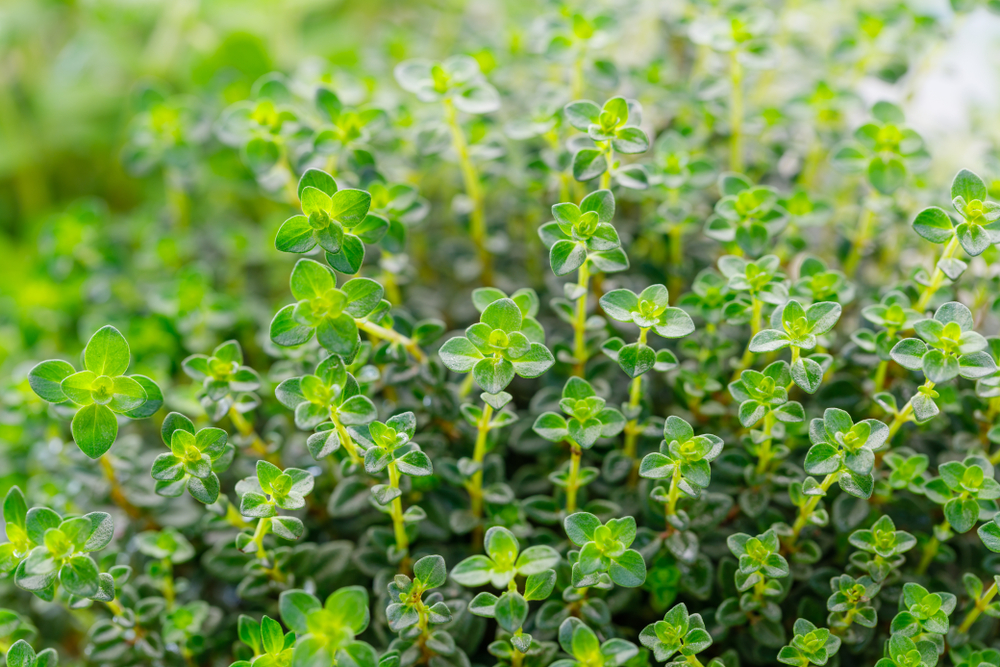
Thyme is a hardy herb that can grow year-round in cooler climates. Known for its fragrant leaves, thyme thrives in well-drained soil and can tolerate light frost. This herb prefers a sunny location, and it’s important to water it sparingly, as it doesn’t like wet feet. In winter, thyme can be grown in containers or directly in the ground, where it’ll continue to grow with minimal care. Pruning regularly helps to maintain its shape and encourages fresh growth.
Though thyme is drought-tolerant, it’s essential to mulch it during harsh winters to protect it from extreme cold. The plant benefits from occasional trimming to keep it healthy and to encourage new growth. Thyme is perfect for both beginners and experienced gardeners since it requires little attention while providing fresh herbs year-round. Growing it in a pot near a sunny window allows you to enjoy fresh thyme even when temperatures drop. It’s an excellent herb to have on hand for seasoning a wide variety of dishes.
Chives
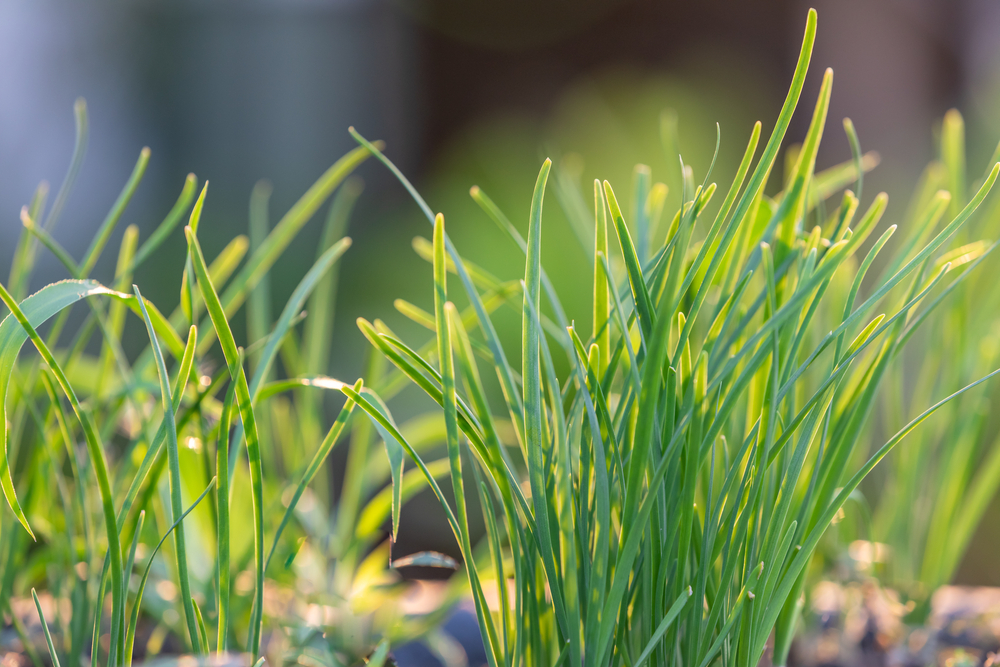
Chives are a resilient herb that grows well even in cold weather. Their long, green stalks can survive through chilly conditions, making them perfect for year-round cultivation. Chives require a sunny spot and slightly acidic soil to thrive. They are relatively low-maintenance, needing only regular watering to keep the soil moist but not soggy. In winter, you can bring chives indoors to grow them on a windowsill or in a greenhouse for fresh herbs all year long.
Chives grow well in containers or garden beds and should be divided every two to three years to prevent overcrowding. In cold weather, it’s crucial to protect the plant from heavy frost by covering it with a light cloth or moving it inside during extreme temperatures. This herb grows quickly and can be harvested regularly. It pairs well with a variety of dishes, including potatoes, soups, and salads. Chives are a versatile and hardy addition to any garden.
Parsley
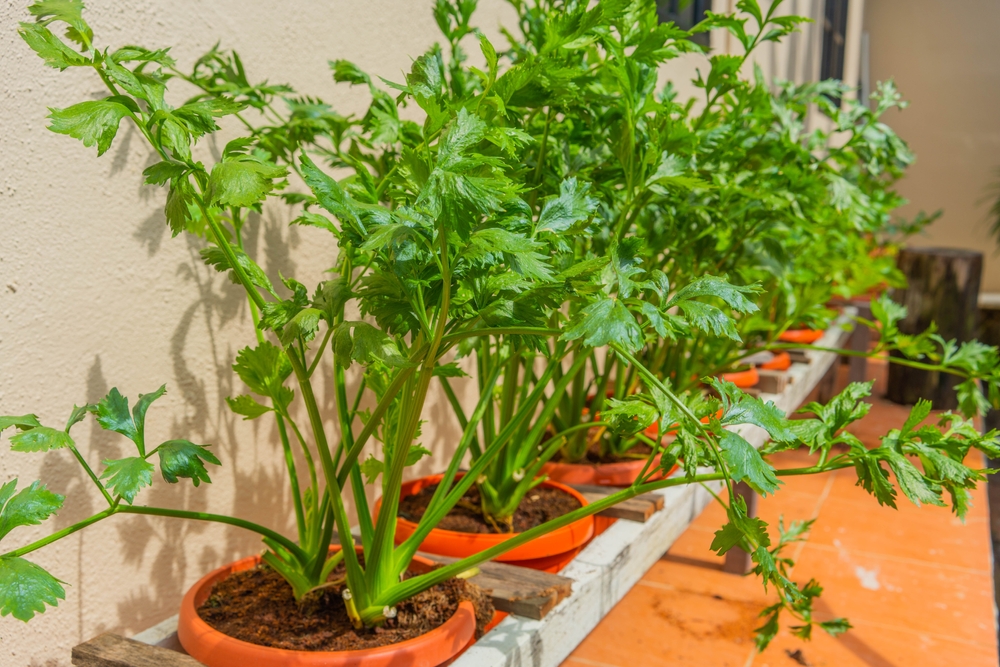
Parsley is another herb that thrives in cold climates and can be grown year-round. It prefers rich, well-drained soil and plenty of sunlight, though it can tolerate some shade. Parsley can survive light frost, making it ideal for winter growing, especially if planted in a pot that you can move indoors. For best results, keep the plant consistently watered and allow the soil to dry out slightly between waterings. Regular harvesting encourages new growth, and the leaves can be used fresh or dried.
To protect parsley from freezing temperatures, consider growing it in containers that can be brought indoors during the coldest months. The plant grows best when the soil is kept moist but not waterlogged. It is a great herb for adding fresh flavor to many dishes, especially in soups, sauces, and salads. Parsley is a biennial herb, meaning it will flower and go to seed in its second year. Pruning it back after harvesting will help it last longer.
Mint

Mint is a cold-hardy herb that can survive through the winter months with little care. It grows best in slightly shaded areas and moist soil, and can withstand frost without much trouble. Mint’s ability to spread quickly makes it an ideal herb for containers or raised beds, where it can be controlled. During the colder months, the plant can be kept indoors in a sunny spot, where it will continue to grow. It’s important to keep mint watered, especially during dry winter months, but avoid letting it sit in soggy soil.
Mint benefits from regular pruning, which helps maintain its growth and ensures the leaves stay fresh. Since mint is a perennial herb, it will come back each year with minimal maintenance. As it grows, the plant’s vibrant aroma and flavor make it perfect for teas, desserts, and savory dishes. In the winter months, mint can be harvested from indoors or out, adding a fresh burst of flavor even when it’s cold. It’s a hardy, versatile herb that will keep producing all year long with proper care.
Oregano

Oregano is another herb that thrives in cool temperatures, making it a great option for year-round growing. It’s a perennial that can handle frost and even survives through winter when grown in the ground. This herb prefers a sunny location and well-drained soil to ensure it thrives in colder months. Water oregano moderately and allow the soil to dry out between waterings to avoid root rot. Oregano’s hearty, flavorful leaves make it a favorite for many dishes, especially Mediterranean cuisine.
To care for oregano during the winter, it’s important to keep it protected from heavy frost by covering it with a light mulch or bringing it indoors when temperatures drop. Regular trimming helps the plant stay healthy and encourages new growth. This herb thrives when pruned back after harvesting, allowing it to grow back stronger. Oregano’s hardy nature and rich flavor make it an essential herb for any herb garden. It can be grown in containers, so you can enjoy fresh oregano on your windowsill all year long.
Sage

Sage is a perennial herb that is perfectly suited for cold-weather growing, making it ideal for year-round cultivation. It thrives in well-drained soil and full sun, but it can tolerate cooler temperatures, even frost. This herb benefits from regular trimming to keep it from becoming too woody, and it grows best in slightly dry conditions. In the colder months, sage can be grown in pots and brought indoors for easy access during winter. Make sure to water it carefully, as sage prefers dry soil and is prone to rot if overwatered.
Sage can be harvested year-round, but its flavor intensifies when grown in colder months. When temperatures dip, it’s best to cover outdoor plants with a light cloth to protect them from extreme cold. Sage’s bold flavor makes it a perfect addition to meats, stews, and roasted vegetables. It’s easy to maintain and thrives with minimal care, making it a great herb to grow year-round. Whether grown indoors or out, sage offers a fresh, aromatic flavor for a variety of dishes.
Tarragon
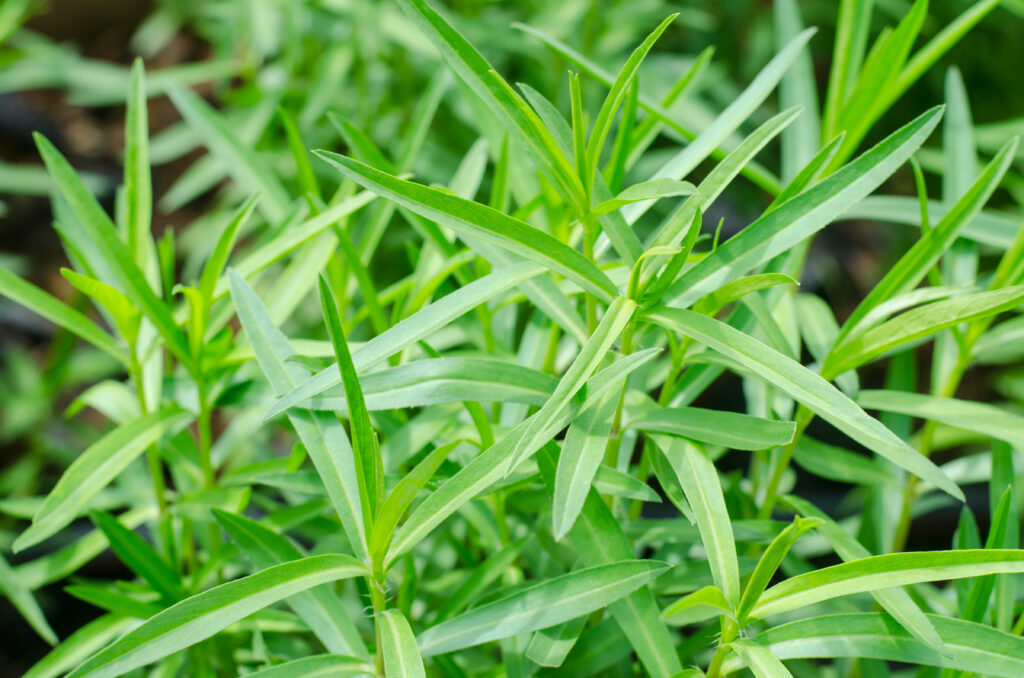
Tarragon is a cold-hardy herb that grows well throughout the year in cooler climates. This herb is known for its slightly sweet, anise-like flavor that complements a variety of dishes, from poultry to sauces. Tarragon grows best in full sun and well-drained, slightly acidic soil. During winter, you can keep it in a pot indoors near a sunny window to ensure it keeps growing. Be sure to water it sparingly, as it does not tolerate waterlogged soil.
In colder climates, tarragon benefits from being grown in containers, where it can be easily moved indoors for the winter months. This herb requires little care beyond regular pruning to encourage fresh growth. The leaves are best used fresh but can also be dried and stored for later use. Tarragon pairs wonderfully with a variety of dishes, especially those featuring chicken or fish. Its perennial nature means it will keep coming back year after year with the right care.
Lavender
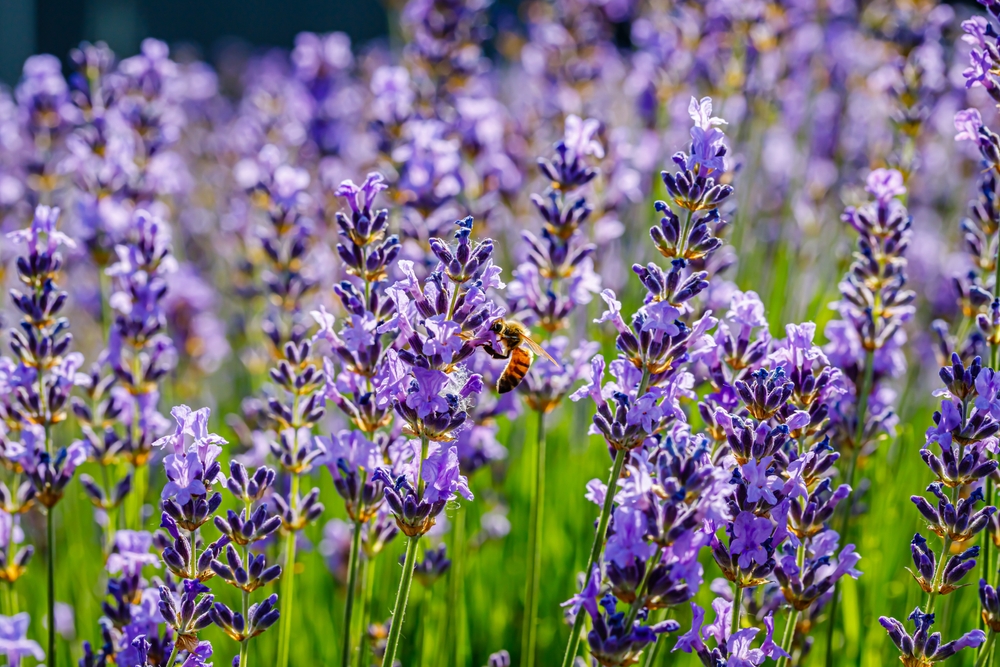
Lavender is a fragrant, hardy herb that thrives in cold climates, making it perfect for year-round growing. This herb prefers well-drained soil and full sunlight but can tolerate frost, which makes it great for the colder months. Lavender is relatively low-maintenance, needing only occasional watering and pruning to keep it healthy. It can be grown in containers or in the ground, where it will continue to grow during the colder months. With its lovely scent and purple flowers, lavender adds beauty to any garden.
During winter, lavender should be covered with a light mulch to protect it from extreme cold. Regular pruning after flowering helps prevent the plant from becoming too woody and encourages new growth. Lavender’s calming aroma and flavor are perfect for teas, baths, or as a fresh garnish in dishes. It’s a perennial that will return year after year, provided it receives proper care. Lavender remains one of the most popular cold-weather herbs due to its versatility and ease of care.
Rosemary

Rosemary is a versatile herb that can thrive in cooler temperatures and continues to grow year-round with the right care. It prefers a sunny spot and well-drained, slightly acidic soil. Though rosemary can tolerate light frost, it is best to protect it from extreme cold by growing it in containers or bringing it indoors for the winter. This hardy herb can withstand chilly temperatures, but it needs regular watering and pruning to stay healthy. Rosemary is an excellent herb for cooking, especially with meats, potatoes, and roasted vegetables.
To care for rosemary in the winter, ensure it gets plenty of light indoors and avoid overwatering, as the roots can easily rot in soggy soil. Prune the plant to maintain its shape and to encourage fresh growth. If you live in an area with harsher winters, it’s best to protect outdoor rosemary with a light cover or grow it in a pot that can be moved inside. Rosemary’s strong, fragrant flavor makes it a must-have in any herb garden. Its ability to grow year-round, even in colder conditions, makes it perfect for adding fresh flavor to your kitchen all year long.
Cilantro

Cilantro, also known as coriander, is a cold-weather herb that grows well in cooler temperatures, making it perfect for year-round gardening. It thrives in well-drained soil and requires a moderate amount of water to stay healthy. Cilantro grows quickly and can be harvested regularly, but it tends to bolt in hot weather, which is why it does best in cooler conditions. It’s an ideal herb for winter gardening, especially if you live in a climate with mild winters. You can grow it indoors in a sunny spot during the colder months for fresh leaves all year.
To maintain cilantro throughout the year, plant it in a location where it receives adequate sunlight and water regularly to keep the soil moist. If you’re growing it indoors, place the pot near a south-facing window for the best light exposure. Cilantro has a unique flavor that pairs well with various dishes, especially in Mexican, Indian, and Asian cuisines. The plant is fast-growing, and you can enjoy its fresh, aromatic leaves in your cooking within a few weeks of planting. As a cool-weather herb, cilantro is a great choice for year-round freshness.
Arugula
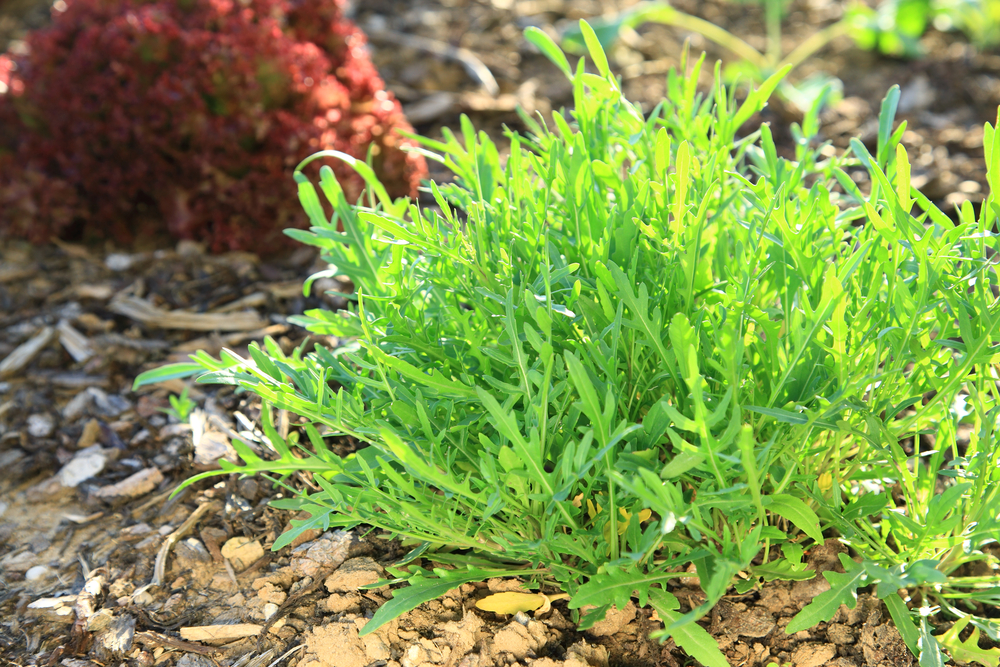
Arugula is a leafy green herb that thrives in cool weather and can grow year-round with proper care. Known for its peppery, slightly bitter taste, arugula is perfect for salads, sandwiches, and garnishes. It grows quickly in fertile, well-drained soil and needs regular watering to keep its leaves tender. Arugula can withstand frost, making it an excellent herb for growing in winter, especially when grown in containers or under a cloche. It’s best to harvest arugula when it’s young to get the most flavor from its leaves.
During the winter months, arugula can be grown in a sunny spot indoors or outside in a sheltered area. It’s a low-maintenance herb that requires little attention beyond regular watering and occasional trimming to prevent it from flowering. The fresh, peppery flavor of arugula makes it a great addition to a variety of dishes, especially salads, pastas, and pizzas. Because it grows so quickly, you can enjoy multiple harvests from a single plant throughout the colder months. Arugula’s resilience to frost makes it a great herb for year-round gardening.
Sorrel
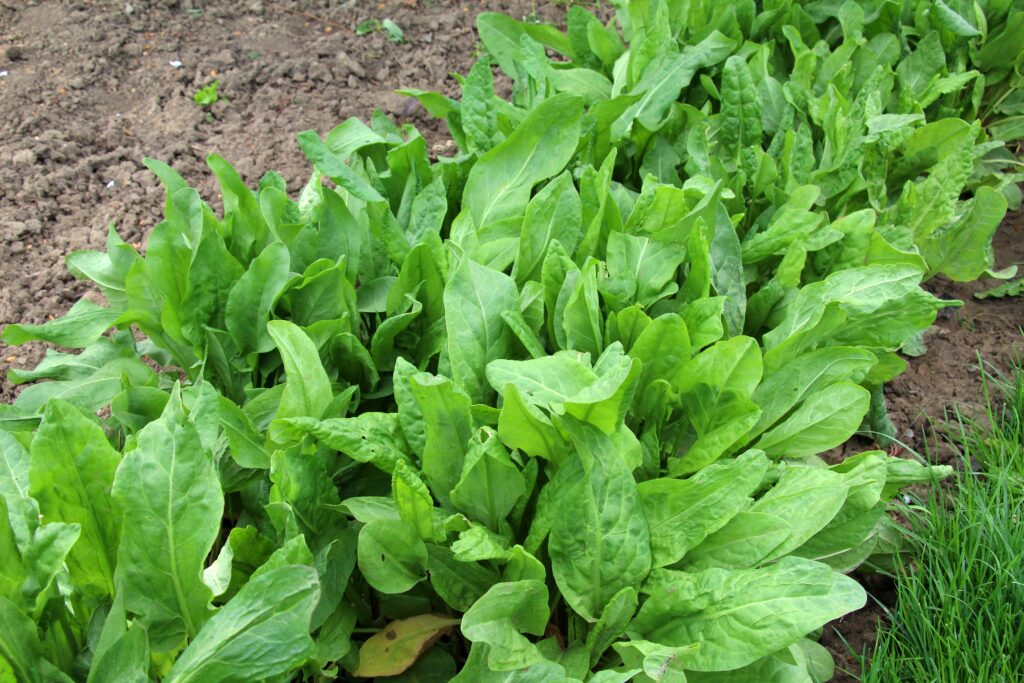
Sorrel is a cold-tolerant herb that thrives in cool temperatures and can be harvested throughout the year. This herb is known for its tart, lemony flavor, making it a favorite in soups, sauces, and salads. Sorrel grows best in moist, well-drained soil and prefers partial to full sunlight. It can handle frost and continues to grow in the colder months, making it a perfect herb for year-round gardening. With its fast-growing nature, you can easily have a fresh supply of sorrel all year long.
To care for sorrel, make sure it receives consistent water, but be careful not to overwater it. This herb can be grown in containers or directly in the garden, and it can handle colder temperatures if protected from severe frost. Sorrel’s unique flavor adds a refreshing zing to dishes, and its high vitamin C content makes it a healthy addition to your diet. Pruning it back after each harvest helps it regenerate quickly and keeps it from becoming too woody. Sorrel’s ability to grow through cold weather makes it an excellent herb for year-round harvesting.
Fennel
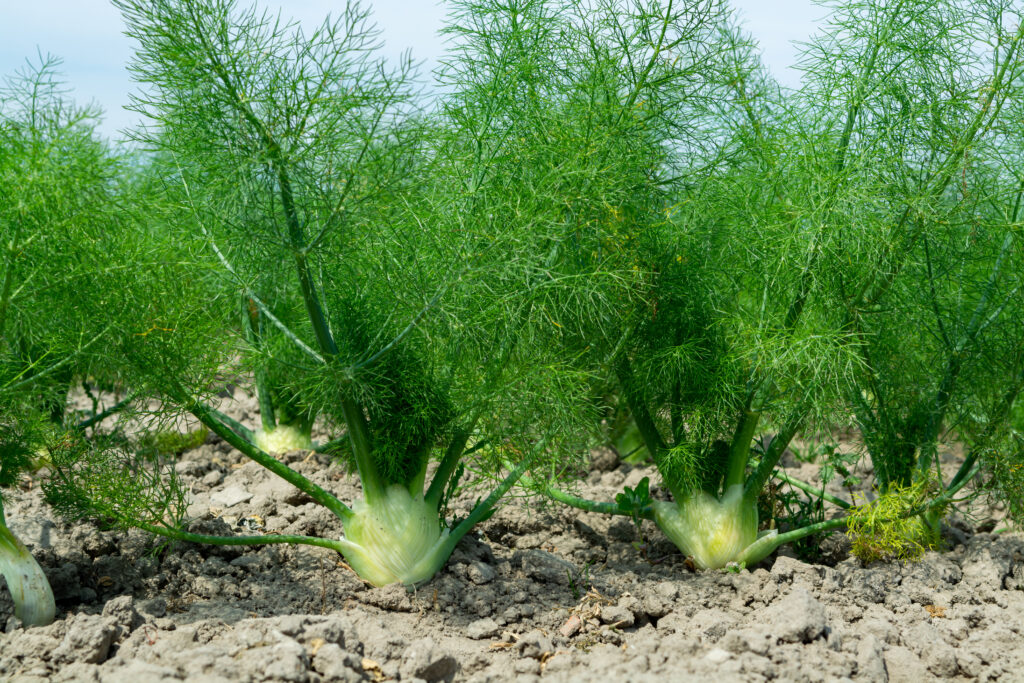
Fennel is a hardy herb that can grow year-round in colder climates. Known for its sweet, anise-like flavor, fennel is used in cooking and also for medicinal purposes. It prefers well-drained soil and plenty of sunlight, although it can tolerate cooler weather. Fennel’s thick, bulbous base can be harvested, and the feathery fronds add flavor to salads and dishes. It grows best in slightly dry conditions, and while it can survive frost, it is best grown in containers during winter months.
Fennel should be watered regularly but not excessively, as it does not like soggy soil. If you’re growing fennel in colder areas, keep the plant protected by bringing it indoors or covering it with a light frost cloth. Fennel’s unique flavor makes it perfect for adding depth to roasted vegetables, salads, or seafood dishes. This herb is an excellent addition to winter gardens due to its cold-hardiness and versatile culinary uses. With proper care, fennel can provide fresh, flavorful leaves year-round.
Lovage
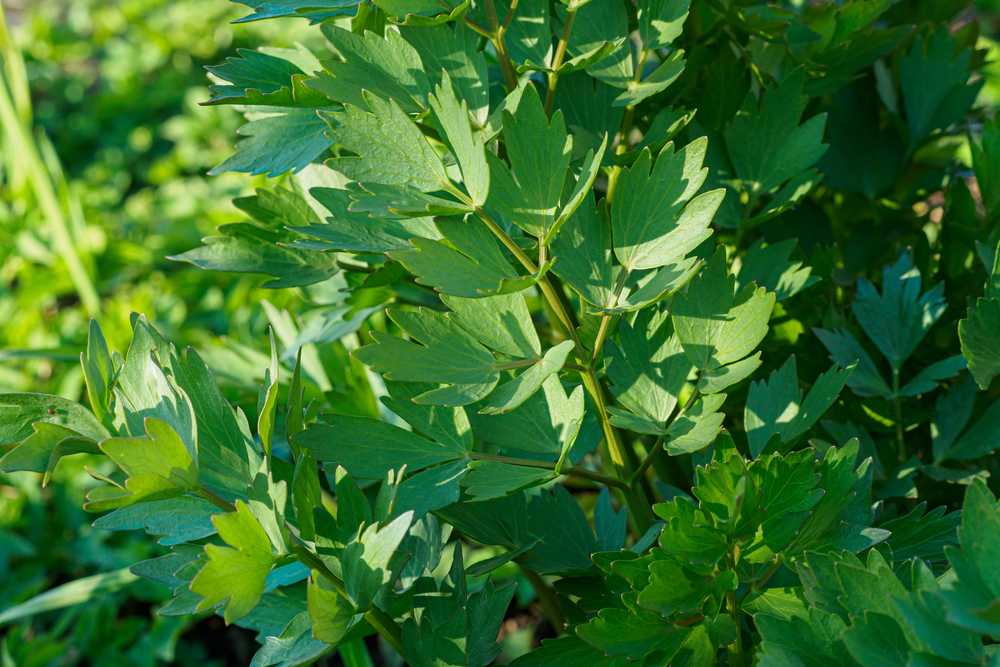
Lovage is a perennial herb that thrives in cool weather and can be grown year-round with proper care. Its flavor is similar to celery but with a stronger, more aromatic punch, making it perfect for soups, stews, and salads. Lovage prefers well-drained, fertile soil and plenty of sunlight, although it can tolerate some shade. Once established, it can handle cold temperatures and continue to grow even in winter. Lovage’s resilience makes it an excellent herb for colder climates, and it can be grown in containers or garden beds.
To care for lovage, ensure the plant is watered regularly but not over-saturated, as it prefers slightly dry conditions. This herb benefits from occasional pruning to keep it from growing too tall and to encourage fresh, tender leaves. Lovage’s hearty flavor makes it a fantastic addition to savory dishes, especially in soups, broths, and vegetable dishes. The plant’s ability to survive frost and grow through colder months makes it a valuable addition to any herb garden. Lovage provides year-round flavor and can be harvested throughout the year.
Winter Savory
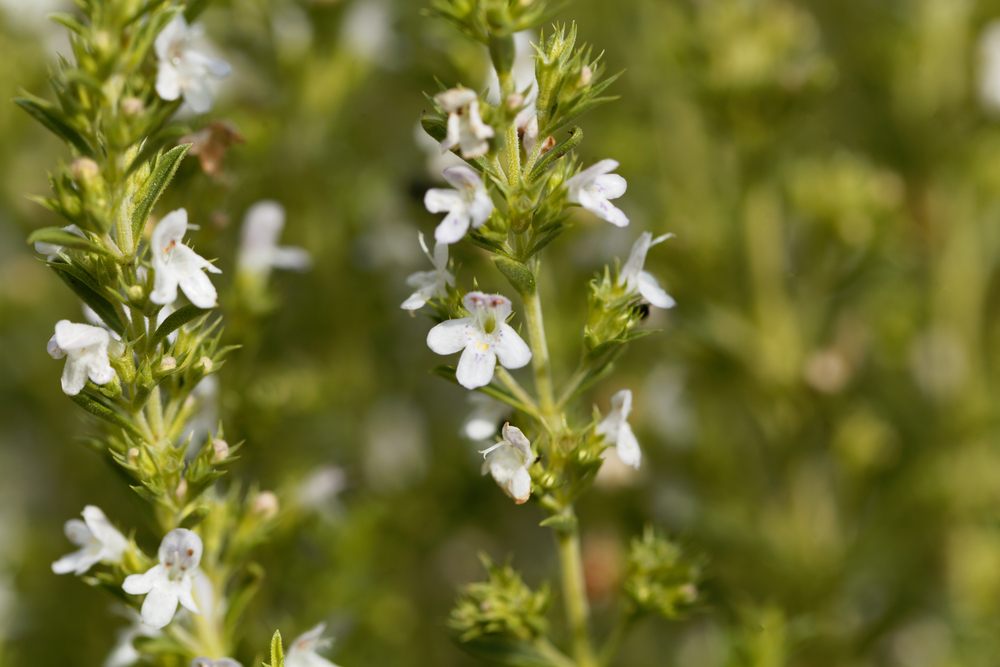
Winter savory is a hardy, perennial herb that thrives in cold weather, making it ideal for year-round cultivation. Known for its peppery flavor, winter savory is perfect for seasoning meats, soups, and stews. It grows best in well-drained soil and full sun, though it can tolerate partial shade. The herb can withstand frost and continue to grow through the colder months, making it perfect for winter gardens. With proper care, you can harvest this herb year-round for fresh, flavorful leaves.
Winter savory should be watered regularly but not excessively, as it prefers slightly dry soil. This herb benefits from periodic pruning to prevent it from becoming too woody and to encourage new growth. It pairs well with beans, poultry, and hearty winter dishes, adding depth and warmth to meals. The plant’s ability to grow through the winter and its minimal care requirements make it an excellent choice for cold-weather gardens. For year-round flavor, winter savory is a must-have herb for any gardener.
Chervil

Chervil is a cool-weather herb that grows well in shaded areas and can tolerate frost. Its mild, parsley-like flavor makes it a great addition to salads, sauces, and egg dishes. Chervil prefers moist, well-drained soil and can grow in partial shade, making it ideal for growing during the cooler months. It can be grown in containers or in the ground and will continue to produce fresh leaves during the winter if given proper care. Chervil’s delicate flavor is a perfect complement to many dishes, especially in French cuisine.
To care for chervil, water it regularly but ensure the soil drains well to avoid root rot. In colder climates, chervil can be grown in pots and brought indoors during the harshest winter months. This herb thrives in cooler conditions, and with consistent watering, it can provide fresh leaves for your cooking all year long. Chervil’s mild taste makes it a perfect herb to pair with more delicate dishes, such as chicken or fish. It’s a must-have for those who love fresh herbs in winter.
Cress
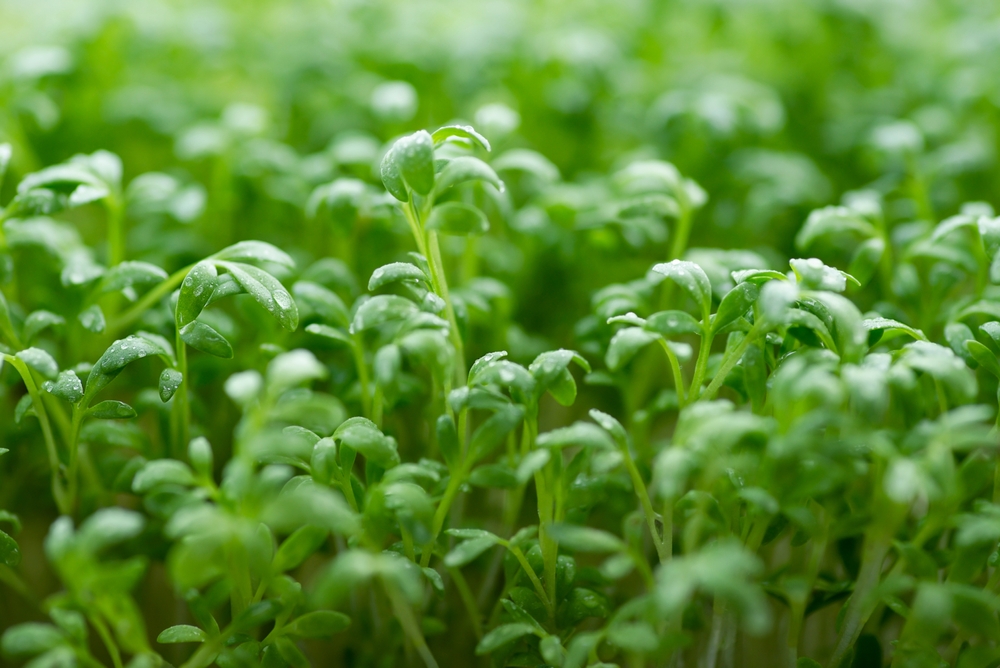
Cress is a fast-growing herb that can thrive in cool temperatures, making it perfect for winter gardening. This herb grows well in soil or water, and its peppery flavor makes it a popular choice for sandwiches, soups, and salads. Cress does well in partial shade and moist soil, and it can be grown indoors or outdoors in cooler months. The plant grows quickly, allowing for frequent harvesting of fresh leaves. Cress is ideal for those who want a quick, easy herb to grow year-round.
To care for cress, keep it consistently watered but not waterlogged, as it prefers moist conditions. It grows best in nutrient-rich soil or in a shallow container with water. Cress can be harvested within a few weeks of planting, making it one of the fastest-growing herbs. Its peppery flavor and delicate texture make it an excellent addition to a variety of dishes, especially fresh salads. Cress can be grown in small spaces, making it perfect for apartment gardens or windowsills.
Lemon Balm

Lemon balm is a hardy herb known for its refreshing lemon scent and flavor. It thrives in cooler climates and can be harvested year-round with the right care. This herb prefers partial shade and moist, well-drained soil. Lemon balm is easy to grow and will continue to thrive in colder weather, making it perfect for year-round gardens. Its leaves can be used fresh or dried to add a lemony twist to teas, desserts, and savory dishes.
To care for lemon balm, make sure the plant receives adequate moisture without becoming waterlogged. Pruning the plant back after each harvest encourages new growth and prevents it from becoming too leggy. This herb is great for container gardening, and it can even be grown indoors during the colder months. Lemon balm has many uses, from soothing teas to adding flavor to fish and poultry dishes. Its refreshing aroma and flavor make it a versatile herb to have year-round.
This article originally appeared on Avocadu.
